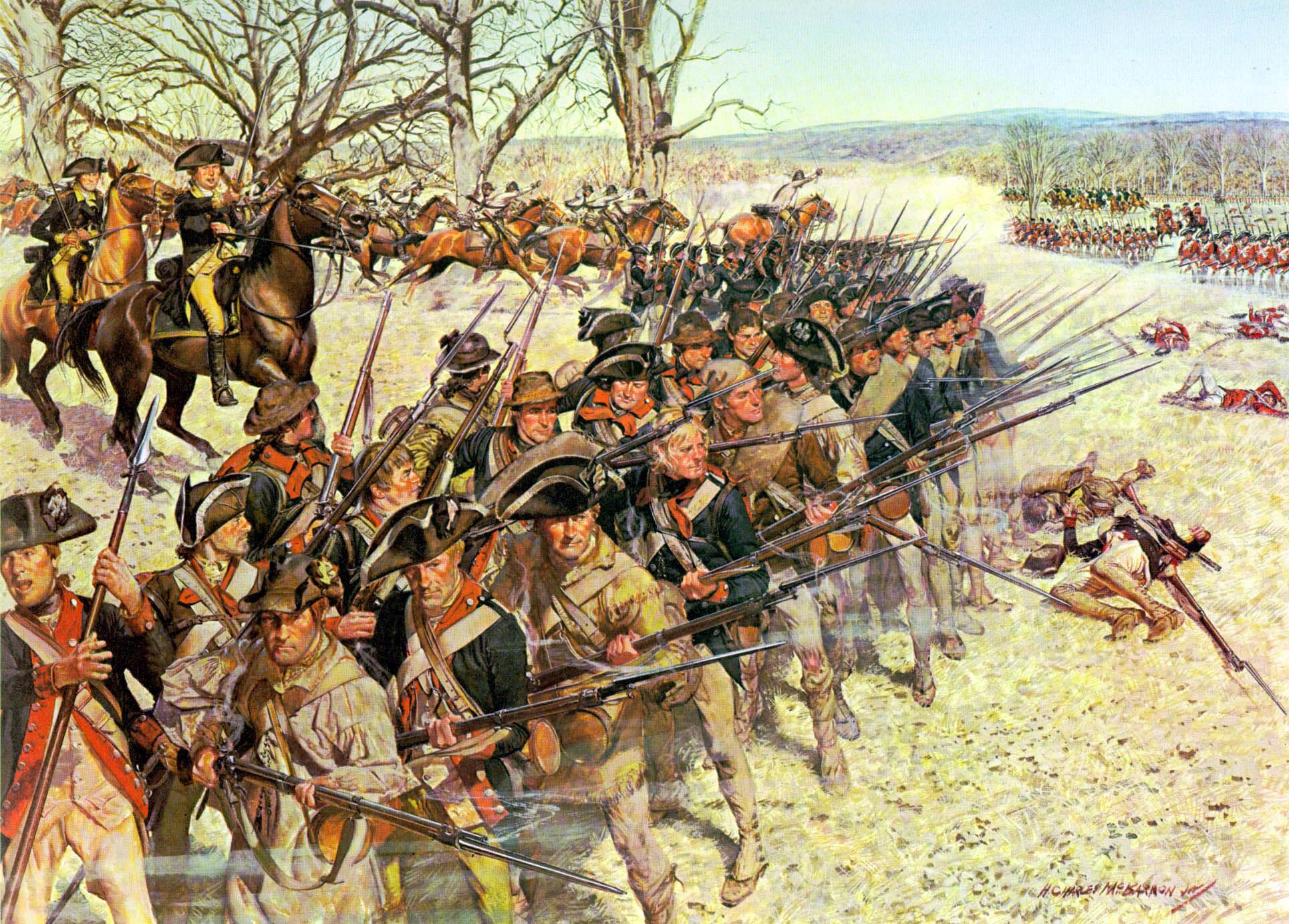Dozens of skirmishes were fought in South Carolina during the Revolutionary War. It became a site of increased fighting a few years into the battle. The British strategy was to mobilize loyalist Carolinians, who made up fifty percent of the colony’s population. General Henry Clinton’s strategy was to march troops from St. Augustine, Florida, and trap George Washington in the North. However, brutal tactics used against Patriots enraged loyals and undermined British strategy. Continue reading to learn more about the Revolutionary War Battles in South Carolina.
Revolutionary War Battles in South Carolina Background – The War Shifts South
- Lord George Germain, the British secretary responsible for the war, wrote to Lieutenant General Sir Henry Clinton that capturing the southern colonies was “considered by the King as an object of great importance in the scale of the war”
- Germain and the king believed that the majority of southern colonists were loyalists and that if the British army could take key parts of the South, Loyalists would rise up to join the British and at the very least, the southern colonies could be brought back into the empire.
- In September 1778, the Continental Congress appointed Benjamin Lincoln as the commander of Continental forces in the South.
- In November of that year, British forces conducted several raids into Georgia.
- The next month, a force of about 3000 British regulars under Archibald Campbell arrived and captured Savannah on December 29. They took Augusta a month later but soon withdrew due to the presence of American forces nearby.
- Many Georgians took oaths of loyalty to the Crown.
Charleston
- Lincoln arrived in Charleston in January 1779 to take charge of the city’s defenses. He knew Charleston would be the next British target.
- In September 1779, Lincoln led a joint French-American attempt to retake Savannah. He laid siege to the city for a year, after which the Americans unsuccessfully attacked the city directly. The attempt was then abandoned with many casualties, including the Polish nobleman Casimir Pulaski.
- In February 1780, a force of about 14,000 British and Hessians under the personal command of Clinton arrived and attacked Charleston.
- Clinton landed his troops on Simmons Island, southwest of the city, and marched them northeast to James Island, where he set up artillery. From there, the British could bombard the city.
- In March, Clinton crossed the Ashley River and approached the edge of the city.
- At the same time, the Royal Navy sailed into the harbor.
- Revolutionary War Battles in South Carolina. On May 11, Lincoln surrendered the city and its 7000 defenders. This was a huge morale-killer for the Americans.
More Setbacks in the Revolutionary War Battles in South Carolina
- The British soon occupied key SC cities, including Camden, 96, Rocky Mount, and others. By May, 15,000 Loyalists had joined to fight with the British.
- On May 29, a force of British Dragoons under Banastre Tarleton massacred most (350 soldiers) an American unit at Waxhaws. Tarleton’s many killed many Patriots after they had surrendered. This became known as “Tarleton’s Quarter.”
- Clinton wrote Germain, “I am sanguine enough to expect the recovery of the whole of the southern provinces in the course of the campaign.” In June, he returned to New York City. He left command of British forces in the South to Charles Cornwallis.
- Congress appointed Horatio Gates to replace the captured Benjamin Lincoln as commander of the Continental Army in the South. As soon as Gates arrived, he decided to go on the offensive, even though his army had eaten very little over the last several days.
- Gates marched toward Camden, SC. Cornwallis marched north to meet him.
- Near Camden, Cornwallis attacked. The North Carolina militia dropped their muskets and fled. The British overwhelmed the remaining Americans under De Kalb. 50% of the American force became casualties (including 1100 captured), while 20% of the British were.
- Gates fled the battlefield, riding northward for 180 miles before stopping. He was soon relieved of command. Later he was brought before a congressional inquiry but was exonerated.
- Despite this, most of the Loyalists did not provide much help to the British. They often deserted and sometimes fought each other.
- Also, SC guerilla units, led by Francis Marion and Thomas Sumter, harassed British forces all over the state.
- A virtual state of civil war existed in the South. British and Loyalist forces engaged in rape, pillaging, and burning churches, especially Presbyterian ones.
Additional Resources About Revolution and Colonies
Cite This Article
"Revolutionary War Battles in South Carolina" History on the Net© 2000-2024, Salem Media.
April 24, 2024 <https://www.historyonthenet.com/revolutionary-war-battles-in-south-carolina>
More Citation Information.

